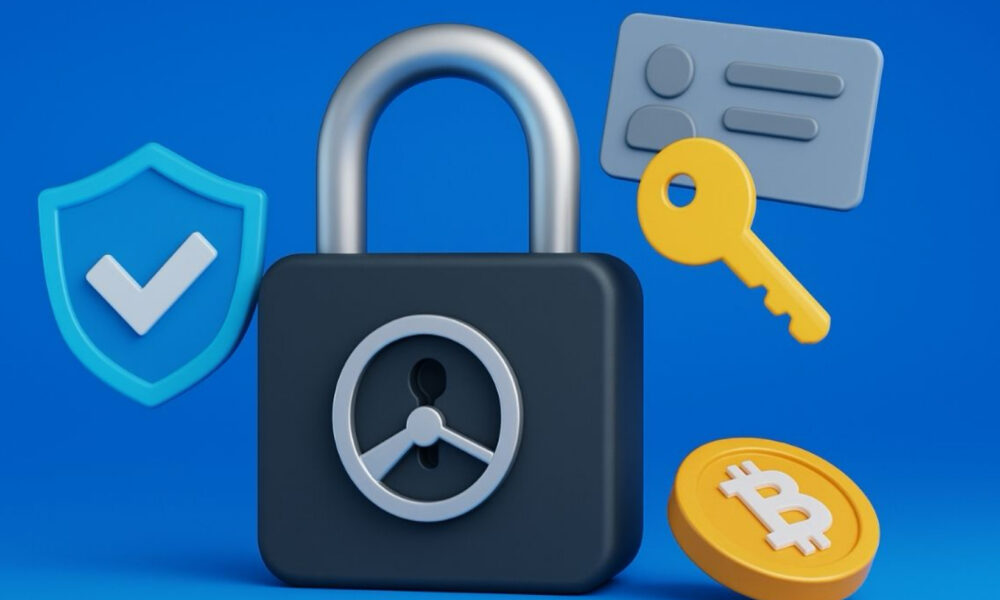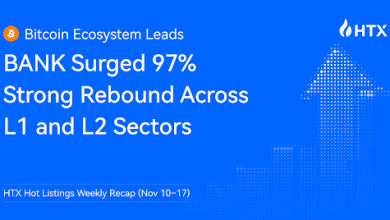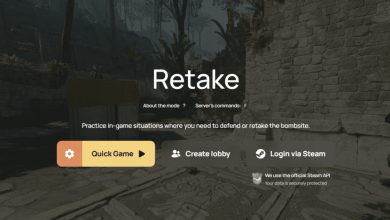How to Trade Crypto Safely Without Verification

Unregulated crypto exchanges have shown abnormal trading patterns, with over 70% of reported volume estimated to be artificially generated through wash trading. That’s not a theory, it’s documented manipulation on a massive scale. For anyone trying to trade crypto without verification, this sets the stage. Privacy might be the goal, but safety is non-negotiable. This article breaks down how to navigate these platforms smartly, without needing to share your identity. If you’re using no-KYC exchanges, you need more than just access, you need a way to trade crypto without verification, without losing control.
Why Traders Avoid KYC
More and more young traders are skipping KYC when using crypto platforms. It’s especially common among Gen Z and Millennials, they’ve grown up online and don’t feel great about handing over personal documents to every site that asks. Instead, they’re drawn to platforms that let them trade without having to reveal much about themselves. It’s partly a privacy thing, but also a response to how rigid and exposed traditional finance feels to them. Some are reacting to years of financial exclusion or strict tax laws in their countries. Others just don’t trust giving sensitive data to a platform that might leak or misuse it. Then there are users trying to get around regional bans or sanctions. For all these reasons, the demand for anonymous crypto exchanges continues, despite the risks involved.
What No-KYC Means on CEX Platforms — And Why Traders Choose It
No-KYC centralized exchanges let users trade crypto without sharing personal documents. No passport, no driver’s license, often just an email or even less. This kind of access appeals to those who want control over their funds without having to explain who they are. It’s simple, direct, and works in countries where stricter platforms are off-limits.
But that simplicity comes at a price. No-KYC means there’s little oversight. Platforms operating without identity checks are often outside the reach of financial regulators. And while that’s what attracts many privacy-conscious users, it also leaves the door open to bad actors. These platforms don’t ask questions about who’s trading, why funds are moving, or where they’re going.
A recent audit across 70 major centralized exchanges showed that over 80% allowed crypto trading with no meaningful verification. A lot of these platforms are pretty new. Most are based in regions where rules around crypto aren’t exactly strict. That doesn’t mean they’re all shady, but when some end up processing transactions tied to blacklisted wallets, it’s hard not to wonder what’s really going on.
Even so, people still go for them. In places with tight currency rules or heavy taxes, it’s sometimes the only way to get into crypto at all. For others, it’s just about not being watched every step of the way. Whether driven by necessity or principle, users accept the trade-off: more freedom, less protection.
No-KYC doesn’t mean lawless, but it does mean you’re on your own. And for some, that’s exactly the point.
Key Safety Risks You Must Understand
No-KYC centralized exchanges open the door to fast and anonymous trading, but they also carry risks that most users underestimate. Without regulation or formal oversight, several issues can arise, and once they do, there’s often no way to reverse the damage.
- Lack of regulation means there’s no governing body watching the exchange’s behavior. This allows shady practices to slip through unnoticed.
- No user identity verification opens the door to bad actors, scams, and market manipulation, all happening under the radar.
- Frozen withdrawals are more common than most users expect. Since you don’t legally “own” the coins while they sit on the platform, the exchange can restrict access without warning.
- Shallow liquidity often leads to slippage, especially when whales dump or pump small-cap tokens. These sudden price shifts can wreck trades.
- No proof of solvency means you’re trusting the platform blindly. If there’s a run on withdrawals, users might get locked out completely.
- Poor support is typical. Without real customer service or legal accountability, resolving issues is nearly impossible.
The risks aren’t just theoretical. They happen, and they happen often, especially when the platform looks anonymous, operates quietly, and doesn’t ask who you are.
How to Minimize Risk While Using No-KYC CEX Platforms
Trading without verification doesn’t mean trading without caution. To stay safe, there are a few habits every user should build:
- Don’t store large balances, these platforms aren’t wallets. Withdraw often.
- Use 2FA with an app, not SMS. It’s a basic layer of defense.
- Avoid obscure coins that show fake volume or no liquidity.
- Test support before committing. If no one replies, that’s a red flag.
- Watch for glitches or freezing, don’t wait to act when something feels off.
Anonymous crypto exchanges are fast, but they won’t protect you. You’ll have to do that yourself.
Limitations of No-KYC CEX Usage
No-KYC platforms have clear limits, even if they seem flexible at first.
- No fiat support, you’ll need crypto to get started and to cash out.
- Advanced tools like staking or high leverage are often locked.
- Withdrawal caps are common, especially for new accounts.
- No account recovery, if you lose access, you’re likely locked out.
They work for light use, but anything serious needs a different setup.
Ethical Dilemmas
Trading on no-KYC platforms isn’t just a privacy decision, it raises ethical questions too. While many users want to avoid surveillance or protect their identity, the same platforms can be exploited for laundering, evading sanctions, or avoiding taxes. There’s a difference between seeking financial freedom and enabling harmful activity. It’s a blurred line, and one the user needs to navigate on their own. Choosing to trade without verification might protect your data, but it can also mean participating in a system that’s invisible for the wrong reasons. Responsibility doesn’t vanish just because there’s no identity check.
Privacy Without Paranoia
You don’t need to disappear to protect your privacy, just be intentional about how you trade. Using no-KYC platforms is one way to stay outside the system, but it shouldn’t come at the cost of basic caution. Keep your balances low, stay alert to risks, and don’t treat these platforms like something they’re not. If you want to trade crypto without verification, go in with your eyes open. Privacy doesn’t need to be perfect, it just needs to be planned.





